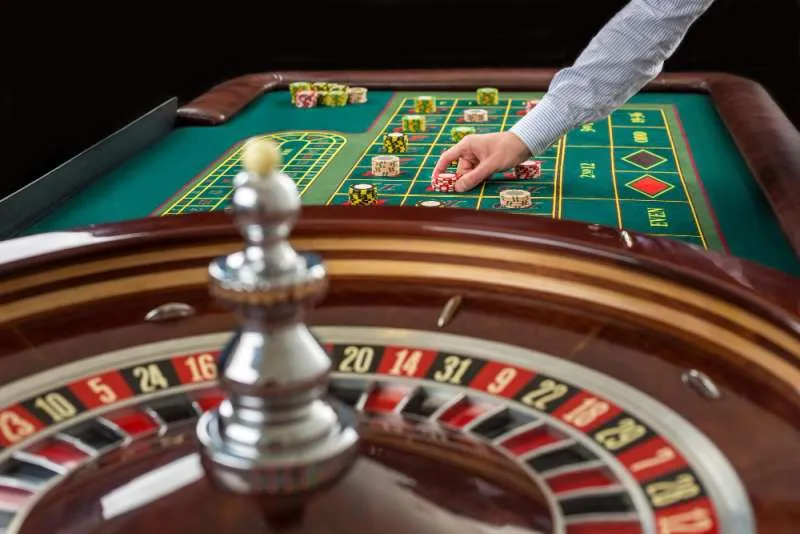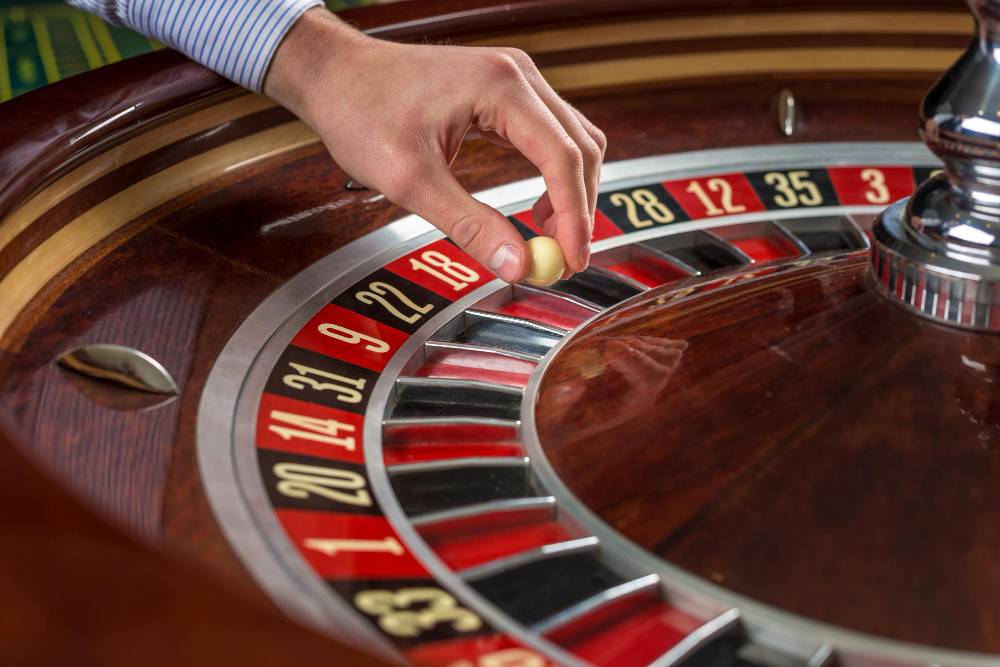3 Proven Roulette Systems for More Consistent Wins
- 10-04-2025
- Business
- Sponsored Article
- Photo Credit: Freepik
Roulette is one of the most popular casino games due to its simplicity, excitement and potential for big payouts. While the house edge gives the advantage to the casino over millions of spins, some betting systems can help players win more consistently in the short term.
This article will explain three proven roulette systems to consider using at the table.
How Roulette Works
Before learning about betting systems, it helps to understand the basics of roulette. The game involves a spinning wheel with numbered slots that the ball can land in. Players bet on where they think the ball will stop. Payouts vary based on the number bet on and its likelihood of hitting.
While winning individual bets can result in 35:1 payouts or higher, the house edge comes from the fact that the wheel has 36 numbered slots plus a single 0 and sometimes also a 00. This extra slot tilts the odds in the casino’s favour, allowing them to profit over time.
The advantage of systems is that they tell you how much to bet and when to change bets to maximise winnings during hot streaks and minimise losses on cold streaks. Let’s look at three systems that can work for your success at 666Casino.
1. The Martingale System
The Martingale system is likely the most popular roulette strategy. It involves doubling your bet after every loss. Here is the basic concept:
- Decide on an amount to bet as your base or minimum bet
- Make your first bet. If you win, go back to your minimum bet.
- If you lose, double your last bet for your next spin.
- Continue doubling your bet after every loss.
- When you finally win, go back to step one with your minimum bet amount.
The key idea here is that by doubling bets, your first win will likely recover all previous losses plus generate a profit equal to the original minimum bet.
Of course, there is a risk that a long losing streak could see the bet size increase exponentially to the point where the table limit prevents you from doubling the bet enough to recoup losses. Hence most players set a loss limit, after which they will either reduce their minimum bet or stop using the system for a while.
Here is an example sequence with a $5 minimum bet and $100 loss limit:
- Bet $5, lose (balance now -$5)
- Bet $10, lose (balance now -$15)
- Bet $20, lose (balance -$35)
- Bet $40, lose (balance -$75)
- Bet $80, win (balance +$5)
While the Martingale cannot change the house edge over time, it provides an easy system for squeezing out consistent short-term wins. Just be careful not to let losses spiral out of control.
2. The D’Alembert System
The D’Alembert system operates on similar principles as the Martingale but without multiplying bets exponentially on a loss. Here is how it works:
- Set your base bet amount
- Make your first bet on an even-money roulette proposition ([[Red or Black]], [[Odd or Even]], etc.)
- If you win, make the same bet again
- If you lose, add one unit to your next bet
- If you win after a loss, subtract one unit from your next bet size
- Continue increasing and decreasing bets by one unit as you lose or win
By incrementally increasing bets after losses and decreasing after wins, the system aims to recoup short-term losses while protecting profits when streaks are won.
Here is an example sequence starting with a $5 base bet:
- Bet $5, lose (next bet becomes $6)
- Bet $6, lose (next bet is $7)
- Bet $7, win (next bet is $6 again)
- Bet $6, lose (next bet is $7)
- Bet $7, win (next bet $6)
The risk of ruin is lower compared to systems like the Martingale. Bets only rise or fall by one unit so losses likely will not escalate beyond the table limit as quickly.
3. The Fibonacci System
This roulette system relies on the famous Fibonacci number sequence where each number is the sum of the preceding two numbers (1, 1, 2, 3, 5, 8, 13, 21, etc.)
Here is how the betting works:
- Decide on your chip denomination and minimum bet amount
- Make your first Fibonacci bet (using the number sequence)
- If you win, move back two numbers and bet that amount
- If you lose, move up one number and bet that amount
- Continue increasing and decreasing bets based on the Fibonacci sequence
An example sequence with a $1 chip denomination and 1 unit minimum bet:
- Bet 1 unit, lose (next bet is 2 units)
- Bet 2 units, lose (next bet is 3 units)
- Bet 3 units, win (next bet is back to 1 unit)
Like the D’Alembert, the Fibonacci allows you to dynamically increase and decrease bets based on outcomes while avoiding the exponential growth of the Martingale system. It aims to recover losses while protecting winnings.
Using Roulette Systems Effectively
Any roulette system can have hot and cold streaks throughout a playing session. Here are some tips for using systems effectively:
- Set loss and win limits – Decide the maximum amount you are willing to be down or up before stopping play. Stick to these limits.
- Manage your bankroll – Have dedicated funds for gambling and divide it into playing sessions. It’s too easy to overspend without bankroll management.
- Avoid chasing losses – There will be losing sessions. Don’t fall into the trap of trying to drastically recover all losses in one session.
- Take breaks – Step away from the table regularly, especially when there are big swings during a session. Getting up helps avoid emotional decisions.
- Have reasonable expectations – No system can defy the house edge over a very long run. Focus on minimizing losses and locking in short-term wins.
The key with any roulette system is managing risk first and foremost. Discipline to follow the rules of the system is equally as important as the system itself to see consistent results.
While roulette ultimately comes down to chance in the very long run, using systems strategically can lead to more wins during a typical casino trip than simply betting randomly. Learning multiple systems also allows for adapting strategies based on how a session is going.

Gamble Responsibly: Gambling should be enjoyed as a form of entertainment, not a way to earn money. Always gamble within your financial means and set limits to stay in control. You must be 18 or older to participate in gambling activities. If you or someone you know has a gambling problem, seek help from organisations like FEJAR (Federación Española de Jugadores de Azar Rehabilitados) at www.fejar.org. Stay safe and gamble responsibly.
Other articles that may interest you...
Trending
Most Read Articles
1.
Featured Videos
A Vision of Elvis Tenerife Promo
- 10-05-2025
TEAs 2025 Highlights
- 17-11-2025



























































